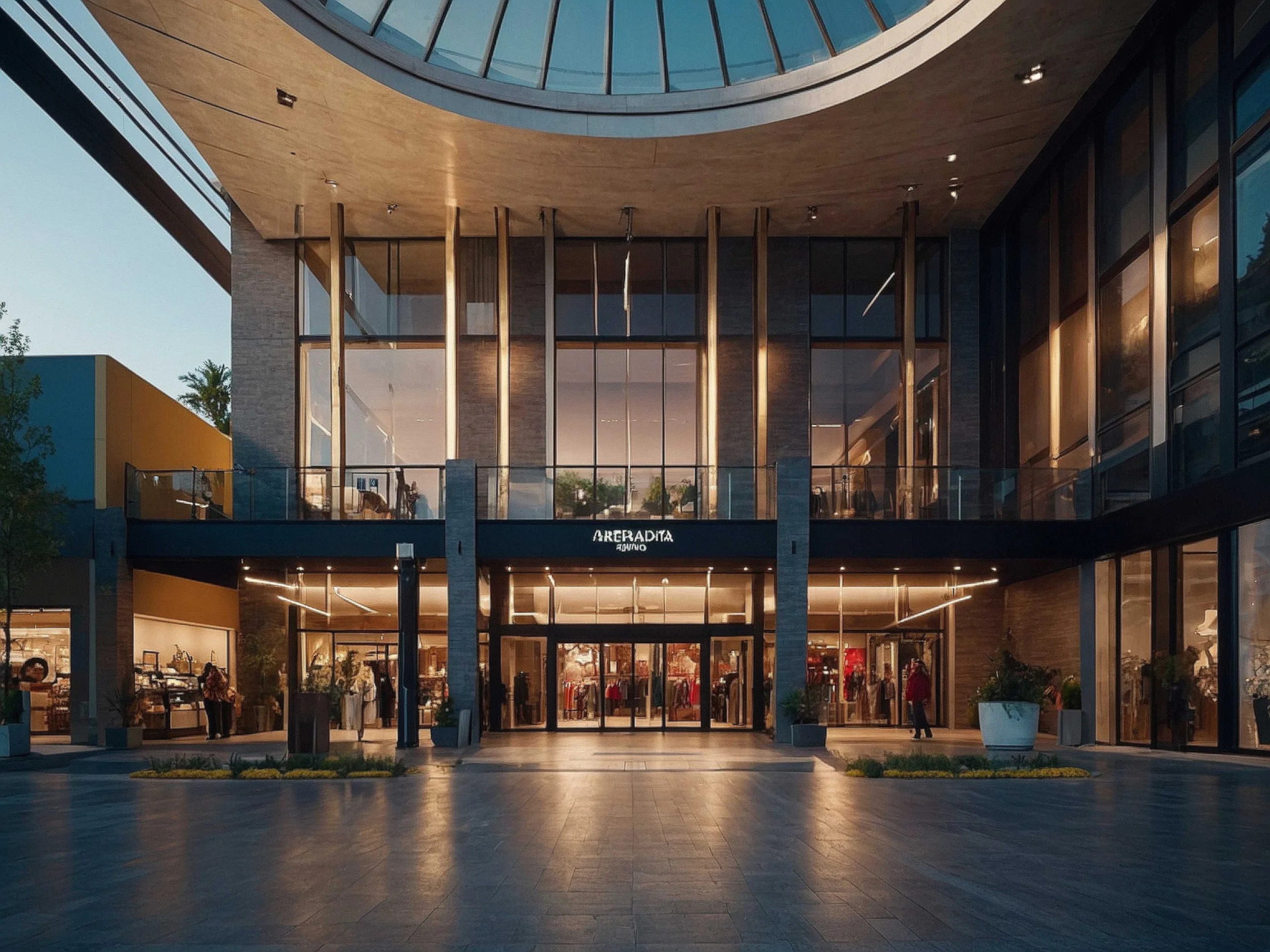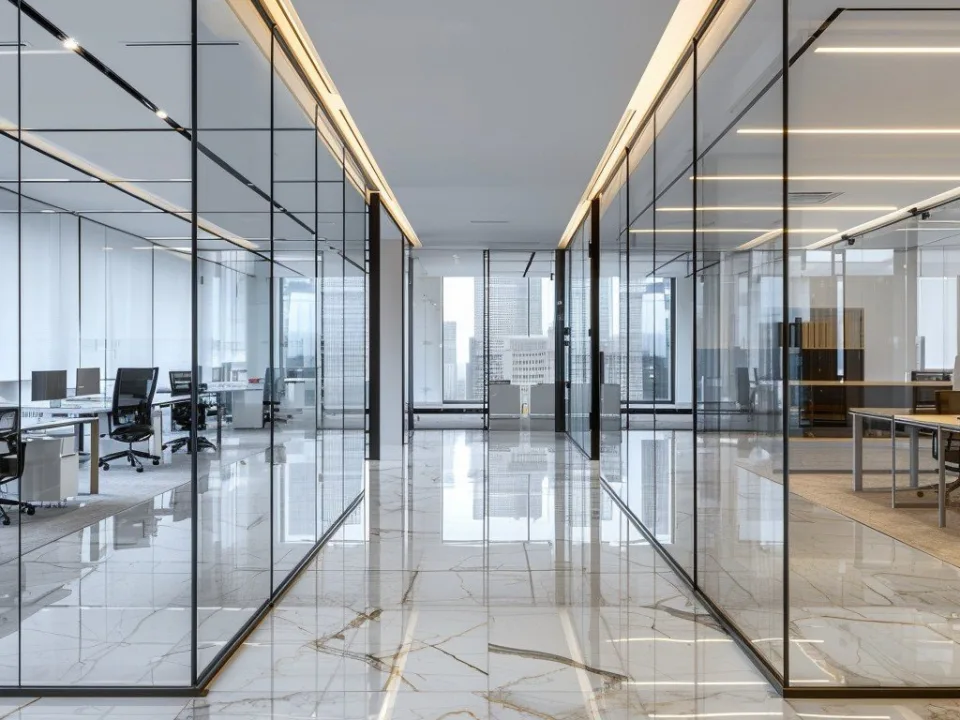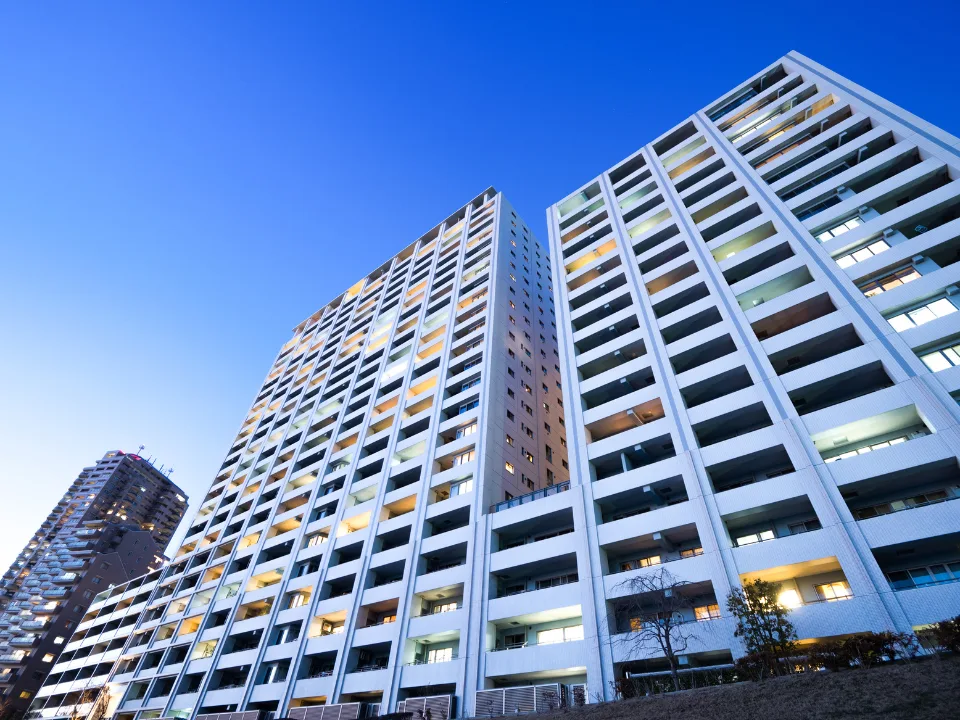Harvard Report Warns of Historic Housing Strain
A staggering 22.6M renters are now cost-burdened (spending over 30% of income on housing), with 12.1M severely burdened (spending more than 50%).
Good morning. Despite a flood of new apartment construction, America’s renters are feeling more squeezed than ever. A new Harvard report reveals why rent relief remains elusive, especially for low- and middle-income households.
Today’s issue is sponsored by SmartPlan AI—create AI-powered testfits & 3D virtual tours in seconds.
🎙️ This week on No Cap podcast, Jack and Alex sit down with Tommy Lee, Global Head of Capital Markets at Trammell Crow Company—the largest commercial real estate developer in the US—to break down what it really takes to make a deal pencil in today’s market.
Market Snapshot
|
|
||||
|
|
*Data as of 06/26/2025 market close.
Affordability Crisis
22.6M Renters Now Cost-Burdened, And That Number’s Still Rising
Rising costs, sluggish supply, and policy uncertainty have converged to create the most unaffordable housing landscape in decades, according to Harvard’s annual State of the Nation’s Housing Report.
Affordability slipping fast: Home prices are up 60% since 2019, pushing the US median existing single-family price to $412,500. That’s five times the median household income, far above the traditional affordability ratio of 3. Mortgage rates above 6.7% pushed average monthly payments to $2,570 in 2024. Only 6M of the country’s 46M renters earn enough to afford a median-priced home.
Burdened by rent: While the US added a record 608K multifamily units in 2024, rents remain painfully high. A staggering 22.6M renters are now cost-burdened (spending over 30% of income on housing), with 12.1M severely burdened (spending more than 50%). The hardest hit? Households earning under $75,000, many of whom are now rent-burdened for the first time.
Homeownership stalls: The national homeownership rate dropped to 65.1%, the first decline in eight years. Young buyers were hit hardest, with homeownership among under-35s falling by 1.4 percentage points. Down payment barriers and high debt-to-income requirements are sidelining a new generation of would-be homeowners.
Built for the top: The boom in construction has primarily added high-end units. Units under $1,000/month declined 30% from 2013 to 2023, while $2,000+ units nearly tripled. With multifamily starts falling sharply in 2024, the future pipeline is shrinking.
Homelessness rising: Federal rental assistance covers only 1 in 4 eligible renters, with 8.5M very low-income households now facing “worst case” housing needs. Homelessness hit a record 771,480 people in early 2024, up 33% since 2020. Looming federal budget cuts could further destabilize an already fragile safety net.
➥ THE TAKEAWAY
Unaffordable America: The US housing market is nearing a breaking point where wage stagnation, federal retrenchment, and climate-induced costs collide. Even amid historic construction highs, the affordability crisis is deepening. Without coordinated policy responses, millions will remain priced out of both renting and owning.
TOGETHER WITH SMARTPLAN AI
🔥 Unlimited Testfits starting @ $100/Month.
We're giving CRE Daily subscribers a chance to get in before our public launch this August.
Empower your leasing team to generate unlimited testfits — no architect required, real-time, and ready for marketing — all for just $100/month.
Per Broker. Per Building. Includes up to 5 suites and unlimited PDFs.
🚀 Bonus: The first 100 signups get 1 free 3D virtual tour per building.
*This is a paid advertisement. Please see the full disclosure at the bottom of the newsletter.
✍️ Editor’s Picks
-
Flexible demand: As demand for flexibility grows, co-warehousing is proving that smaller, smarter space is the future of industrial. (sponsored)
-
Credit wave: CRE lenders are back in force as falling rates and ample liquidity drive a sharp rise in loan quotes, especially under $25M and over $100M.
-
Construction trends: Delays and repricing remain widespread in multifamily construction, as 72% of developers reported deal repricing and 43% faced permitting or construction delays.
-
Capital easing: The Fed is proposing to ease capital rules for big banks by lowering leverage ratio requirements, aiming to boost Treasury market liquidity.
-
Crypto collateral: Fannie and Freddie have been ordered to explore counting regulated cryptocurrency holdings as mortgage-qualifying assets.
-
Rent jitters: NYC real estate stocks slid as Zohran Mamdani’s rent-freeze platform gained traction in the mayoral race.
-
Short-term shift: West Coast CRE markets are warming to short-term and sublease deals, as owners and occupiers adapt to uncertainty.
🏘️ MULTIFAMILY
-
Back on top: Miami has reclaimed its spot as South Florida’s top apartment market, with strong demand and 95.9% occupancy.
-
Cap rate compression: Senior housing cap rates are expected to decline over the next year as investor confidence grows, with all segments tightening.
-
Development boom: Charlotte faces rising multifamily vacancies as record-high deliveries flood the market.
-
Software ban: Seattle’s City Council unanimously voted to ban algorithmic rent-setting tools like RealPage to curb rent inflation.
-
Broken promises: Big Tech’s billion-dollar promises to fix California’s housing crisis are quietly unraveling, with Meta, Google, and others scaling back.
-
Leasing shift: Single-family rentals are holding strong as more renters view leasing as a long-term option amid high home prices and tight financing.
🏭 Industrial
-
South Florida selloff: Blackstone and Link Logistics have sold over $1B in South Florida industrial assets since November.
-
Storage standoff: Self-storage demand is growing, but local resistance and zoning hurdles are making new development tough.
-
Paper trail: GCP Paper broke ground on a $38M, 566K SF Houston-area plant, its US flagship in a $400M investment push.
-
Virginia data surge: EdgeCore is investing $17B into a massive 1.1-gigawatt data center campus in rural Louisa County, VA.
-
Market divide: A growing rent gap is emerging in the industrial market, as smaller cities outperform oversupplied major hubs.
🏬 RETAIL
-
Dark market: Walmart is piloting dark stores—non-public fulfillment hubs—in Dallas and Bentonville to boost e-commerce efficiency.
-
Premium performance: Class A malls are outperforming lower-tier peers, with rising foot traffic, resilient occupancy, and rent growth.
-
Scooping up space: Museum of Ice Cream is building its first permanent location in LA, shifting from pop-up to flagship.
-
Insurance gaps: Altadena commercial property owners rebuilding after January’s wildfires are discovering that insurance payouts often fall short.
-
SoCal crunch: Southern California retail space is shrinking fast, pushing rents and values higher.
🏢 OFFICE
-
Executive fraud: Former Vornado executive Jared Solomon faces up to 20 years in prison after being charged with embezzling over $9M.
-
Times Square transformation: RXR, Apollo, and SL Green secured $575M to convert 5 Times Square into 1,250 mostly studio apartments.
-
HUD on the move: HUD is relocating from DC to Alexandria, cutting its footprint by 40% and taking over the NSF's leased headquarters.
-
Mile-high distress: Denver’s office CMBS delinquency rate hit 27.2%, fueled by maturing loans, weak leasing, and falling property values.
🏨 HOSPITALITY
-
Hotel for sale: Park Hotels & Resorts has listed the 520-room Wade hotel in Chicago as part of a plan to sell up to $400M in non-core assets.
📈 CHART OF THE DAY

Apartment demand in the Desert/Mountains region—led by Phoenix and Denver—outpaced supply by 11% over the past year, stabilizing occupancy despite a 5% inventory growth.

You currently have 0 referrals, only 1 away from receiving Multifamily Stress Test Model.
What did you think of today's newsletter? |




















